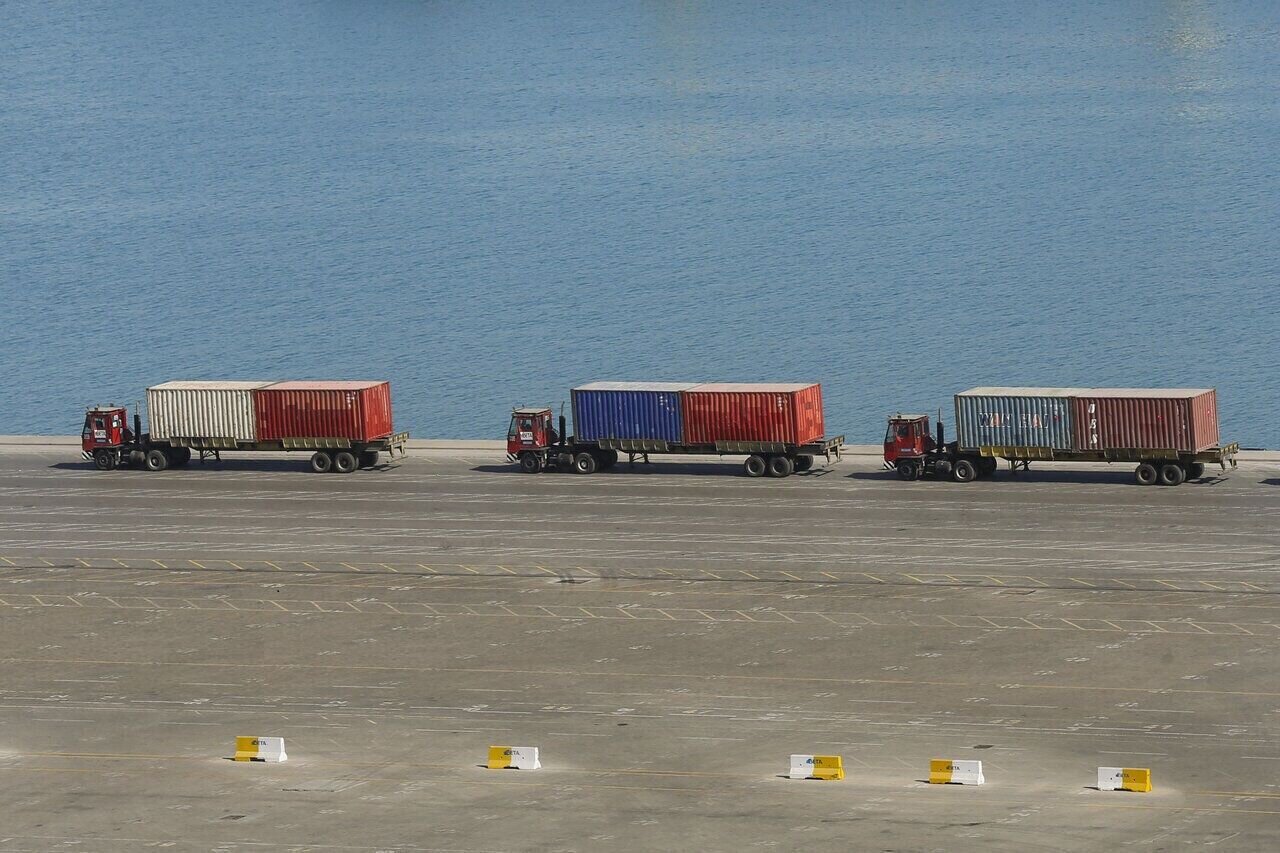Over 4.7 million tons of goods transited in 100 days

TEHRAN – More than 4.7 million tons of goods were transited through Iran's road network during the first 100 days of the 14th government’s term in office, according to data from the Iranian Transport and Urban Development Ministry, as reported by IRNA.
This significant figure reflects the growing importance of Iran's strategic location for regional and international trade. It also highlights the success of the government's transit-focused policies, which prioritize the development of robust transport and logistics networks to strengthen economic ties with neighboring and regional countries.
"Iran Way” Initiative: a transit gateway
The government’s "Iran Way" initiative, introduced by the former Transport and Urban Development Minister Mehrdad Bazrpash, positions Iran as a critical transit hub, enabling neighboring countries to efficiently access international waters. Bazrpash emphasized that Iran’s unique geographic location and well-connected infrastructure make it a vital land bridge for global trade.
In the previous Iranian calendar year 1401 (ended March 20, 2023), over 10.8 million tons of commodities were transited through Iran. Building on this momentum, the government has prioritized integrating Iran into major international transport initiatives, such as China’s Belt and Road Initiative, the Shanghai Cooperation Organization (SCO), the Economic Cooperation Organization (ECO), and the Eurasian Economic Union (EAEU).
Regional connectivity and strategic importance
Iran’s geographical position at the crossroads of several major international corridors has given it a special status in global trade and transit. Its strategic land and rail routes are attracting increasing attention as neighboring and regional countries seek cost-effective, time-efficient transport solutions.
Efforts by Iran’s Transport Ministry to develop corridors, streamline customs processes, and enhance infrastructure have played a significant role in boosting transit activity. Collaborations with regional and extra-regional partners, coupled with the government's "neighbor-first" policy, have further strengthened Iran’s role in international logistics.
A vision for transit growth
The Iranian government is implementing targeted strategies to solidify its transit dominance. These include:
Infrastructure Development: Expanding and modernizing road and rail networks to accommodate higher transit volumes.
Competitive Advantage: Reducing transit times and costs to attract more trade through Iran’s corridors.
International Collaboration: Actively participating in multilateral initiatives like the Belt and Road and ECO programs to enhance regional connectivity.
Streamlined Operations: Investing in technology and systems to make transit through Iran faster and more efficient.
Iran’s focus on transit is part of a broader economic vision to maximize its geographic advantage. With sustained investment and policy support, the country aims to become a leading transit hub for goods between Asia, Europe, and the Middle East, contributing to its economic growth and regional influence.
EF/
